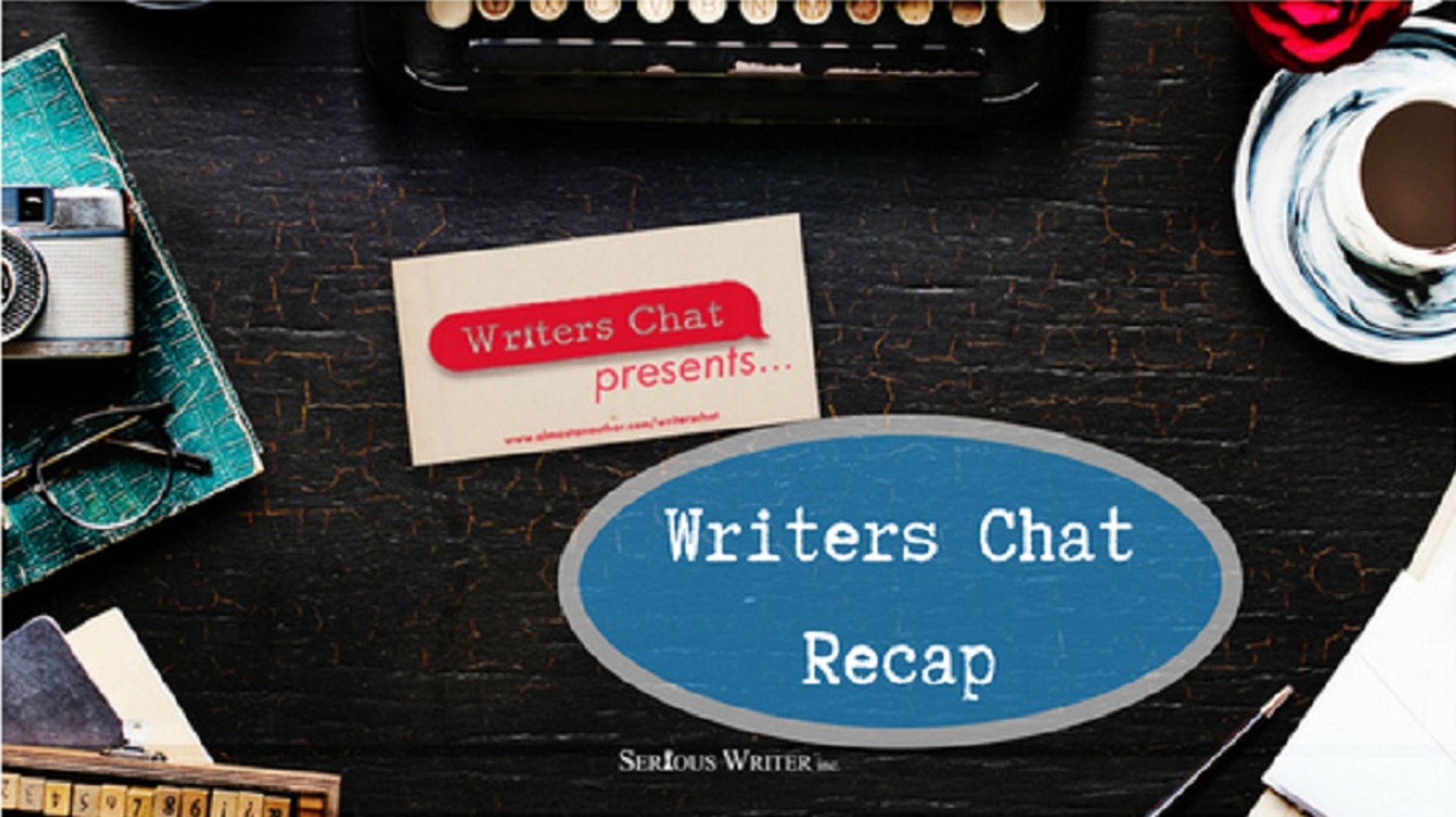
A Practical Story: Why A Proposal Is Important
At a small coffee shop, I met Joe Leininger who had traded for ten years in the Eurodollar Pit…
August 25, 2023
At a small coffee shop, I met Joe Leininger who had traded for ten years in the Eurodollar Pit…
August 25, 2023
Living in the high-tech age means storing all your best moments on devices. Although technological progress promotes photos to…
September 13, 2022
Can you share a little about your recent book? Why do you write? Do you have a theme, message,…
November 1, 2021
Can you share a little about your recent book? My mom always called the period of time when people…
April 1, 2021
Emails and newsletters are the most effective digital marketing tools to promote books by self-published authors. Sending an email…
February 26, 2021
Writers Chat, hosted by Jean Wise, Johnnie Alexander, and Bethany Jett, is the show where we talk about all…
December 15, 2020
It has never been easier to publish a book thanks to the rapid advancement of technology. Goodreads and Amazon…
August 18, 2020
We think of writing a book as an act of creative inspiration. The muse strikes and we strive to…
July 18, 2020
A New Year always brings a chance to start over and begin in a new direction. This year (2020)…
January 25, 2020
Writers Chat, hosted by Jean Wise, Johnnie Alexander, and Bethany Jett, is the show where we talk about all…
October 30, 2019
Writers Chat, hosted by Jean Wise, Johnnie Alexander, and Bethany Jett, is the show where we talk about all…
September 15, 2019
I recently read some advice to self-published authors, to the effect that Lulu offers their clients a “free” ISBN—but…
November 12, 2018
I recently finished making wording changes on a self-published book that had already been typeset and printed — or…
September 12, 2018
Book authors are hearing more and more voices telling them to self-publish and “reap the profits that traditional publishers…
June 12, 2018
I know about new writer pitfalls first hand. When my first book was written in 2009, the publishing industry…
August 25, 2017
The world of book publishing has been changing rapidly for a few years, and lots of vocabulary is changing…
September 23, 2015